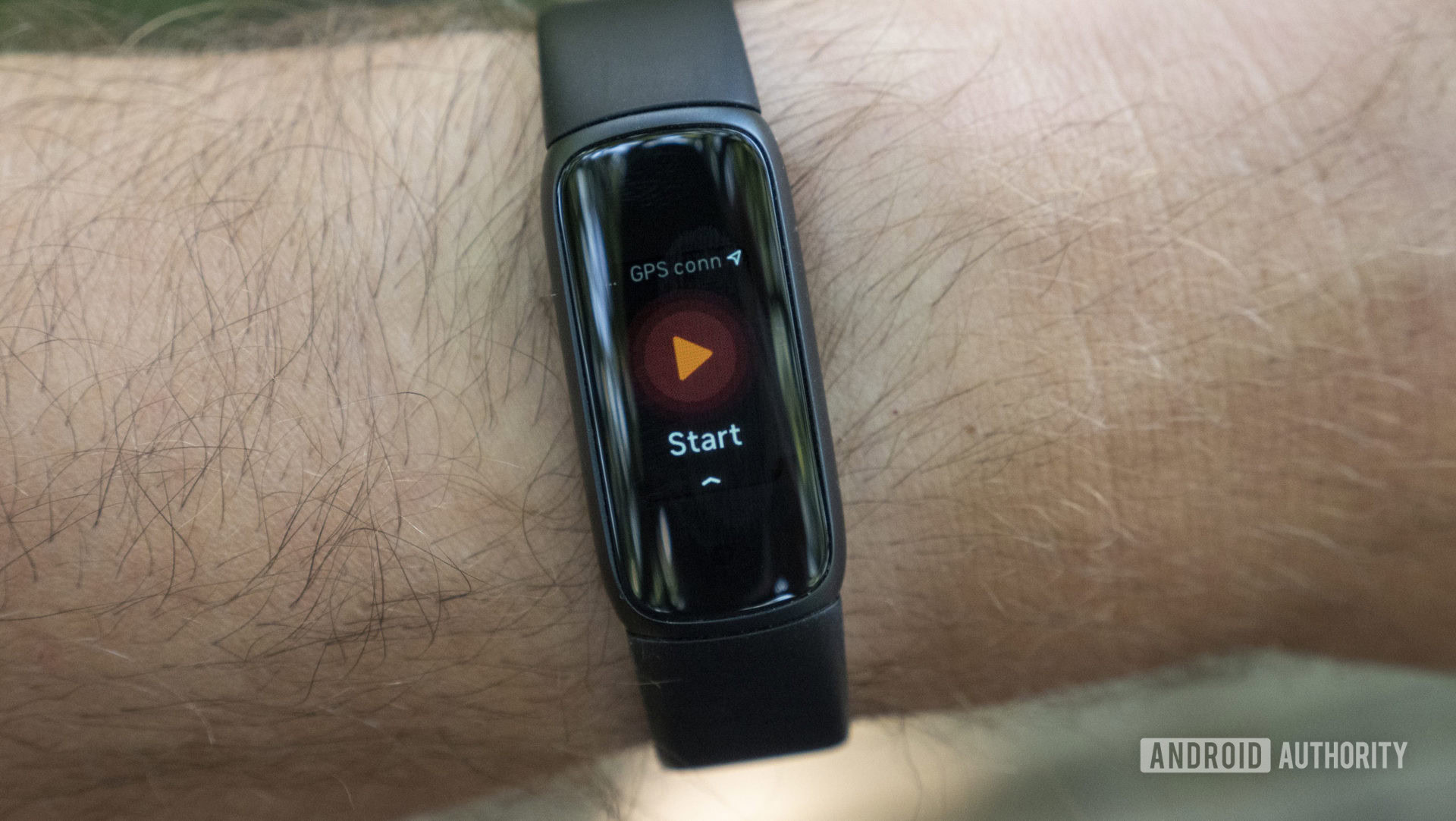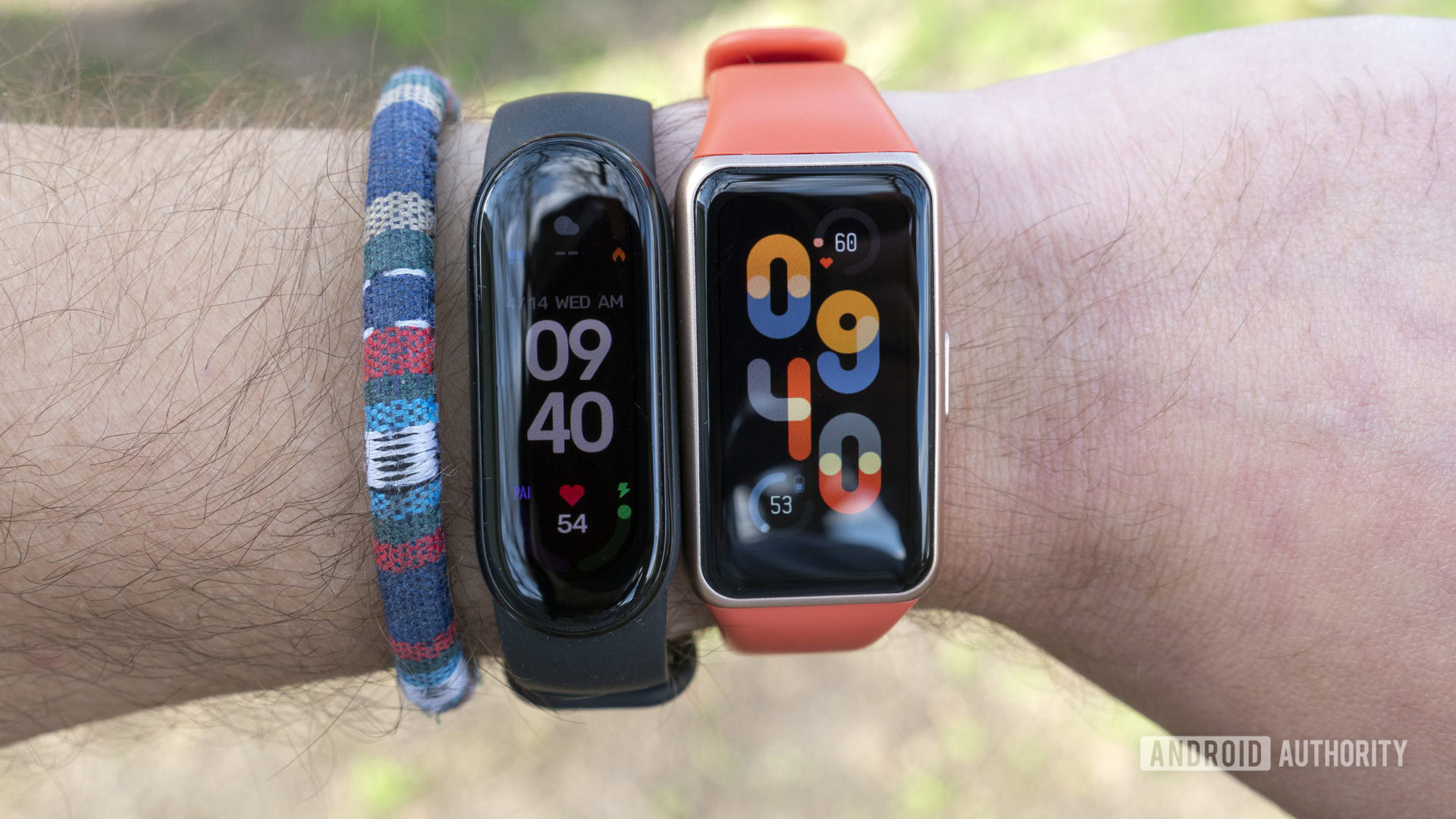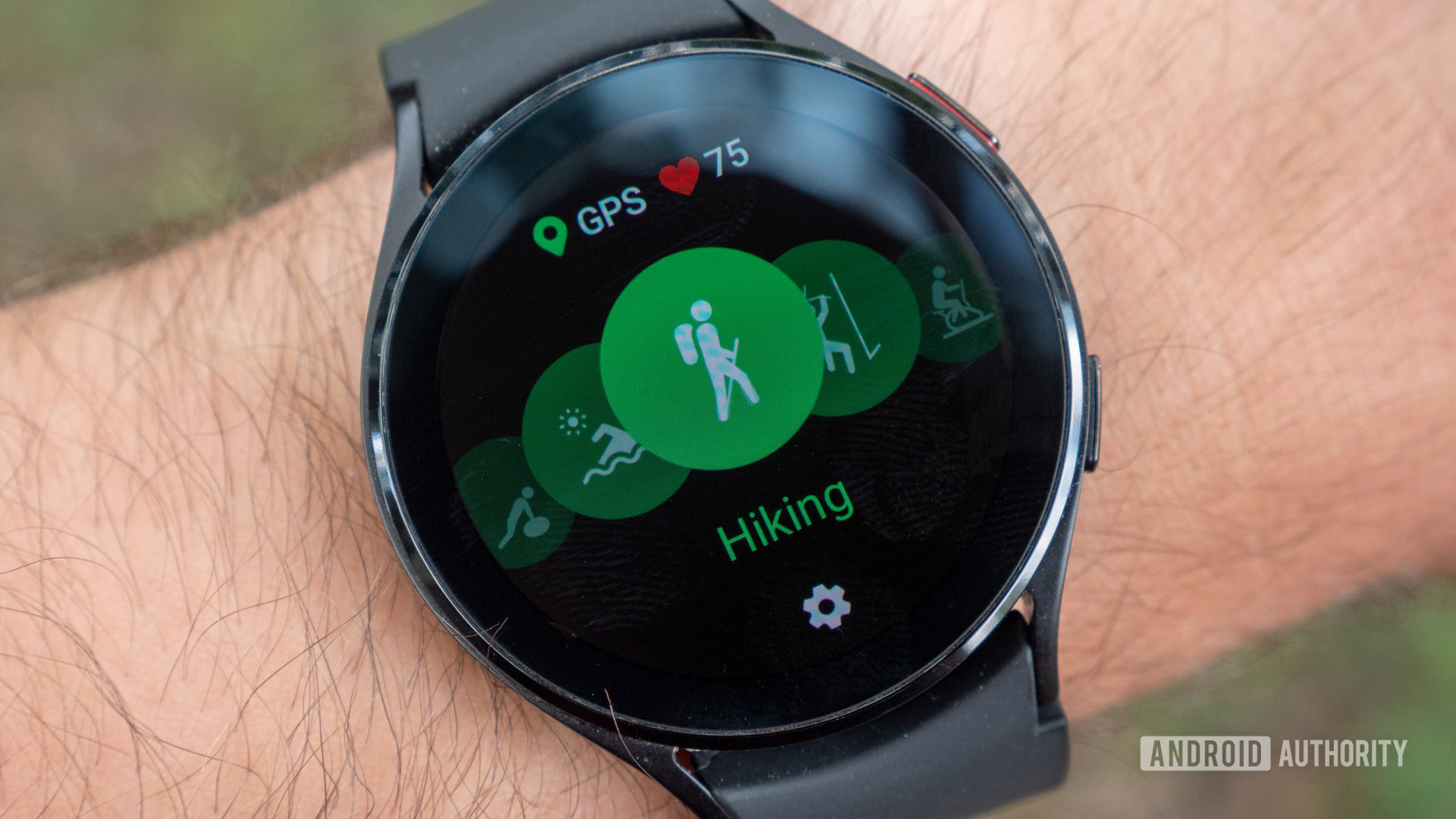Affiliate links on Android Authority may earn us a commission. Learn more.
Connected GPS: What even is it?
Published onFebruary 10, 2022

You may have stumbled across the term connected GPS, especially when reading about smartwatches and fitness trackers. There’s actually a pretty big distinction between connected GPS and built-in GPS, which we’ll talk all about in this article.
What is connected GPS and how does it compare to GPS?
The term connected GPS is a fitness company’s way of saying a wearable can tether to your smartphone’s GPS, but it doesn’t have a GPS sensor built-in. Connected GPS is an easy way for a manufacturer to add GPS functionality to any device. This brings down the overall cost and physical size of the device. This is because the manufacturer wouldn’t need to spend the extra money on a standalone GPS sensor. It also saves battery life, as built-in GPS devices’ power drain is usually higher than devices using connected GPS.
Related: The best smartwatches you can buy
On the other hand, there’s one big downside to using a device with connected GPS over one that has a GPS built-in. In that setup, the wearable is heavily reliant on another device to use its full potential. So if you want to use GPS functionality on a connected GPS-enabled device, you’ll also need to carry your phone with you.
Which devices have connected GPS?

Most devices you can buy today with connected GPS are fitness trackers, including many older and more affordable devices in Fitbit’s lineup. Here are a few of our favorite devices with connected GPS:
Though connected GPS is a great feature to have, many other manufacturers opt for built-in GPS technology instead. Here are some of our favorites:
- Fitbit Sense
- Apple Watch Series 7
- Fossil Gen 6
- Samsung Galaxy Watch 4
- Garmin Venu 2 and Venu 2 Plus
- Garmin’s Forerunner 245 Music
In an even bigger cost-saving measure, some manufacturers completely skip adding GPS (connected GPS and built-in GPS) to their devices. The Samsung Galaxy Fit and Garmin vivosmart 4 are prime examples. Though both companies make good fitness trackers, this little omission makes them a hard sell over something like what Xiaomi is offering given its price point.
What is the best option for you?

In the end, which method of GPS functionality you need is primarily dependent on your physical activity. If you are an outdoor runner, cyclist, or swimmer, and you want to track your workouts as accurately as possible, you should purchase a device with a built-in GPS sensor. Garmin has a ton of GPS running watches available with built-in GPS, and the Fitbit Versa 3 is pretty great too. If you’re an iPhone user, the Apple Watch Series 6 or 7 are tough to beat.
If you work out in a gym or you don’t mind carrying your phone or mounting it to your bike, connected GPS is a great option, especially one of Fitbit’s connected GPS offerings or one of Xiaomi’s Mi Bands. Smartphones today have excellent GPS technology built-in, so you can rely on high-end technology without paying a high-end price tag.
If you rarely work out, or you never use GPS when you do, it simply comes down to personal preference. Style aside, devices with connected GPS are usually more budget-friendly. They also typically have a smaller profile, so if you are someone who wants to wear a traditional watch as well as a fitness tracker, one of these devices would be a better option.
I am no competitive athlete, and I personally prefer Wear OS devices, so I would be more inclined to grab something like the Fossil Gen 6 or Mobvoi’s TicWatch Pro 3 Pro. But, if I wanted to save some money and all I wanted was a device to extend my phone’s functionality and maybe count my steps, it would be really hard to pass on the Xiaomi Mi Band 6.